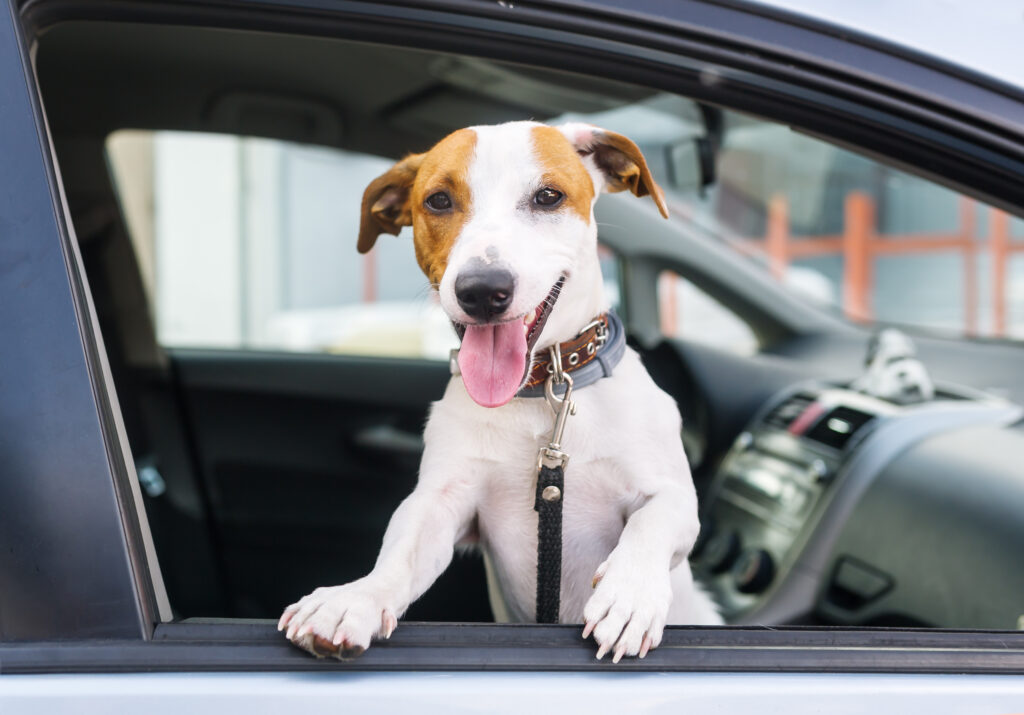
Healthy Diets for Dogs
At Price Chopper/Market 32 we know that dogs are an important part of the family! So just like with humans, we strive to provide beneficial diet options for your pet in order for them to maintain a healthy lifestyle. We explored raw diets, and the right diets for dogs with diabetes in order to provide more information on the right diet for your pet!
Many people consider raw diets for their pet. Raw pet food is defined as meat, bones, organs and/or eggs that have not been cooked or treated. Options include the freeze-drying process and High-Pressure Processing (HPP). During a two-year study conducted by the U.S. Food and Drug Administration, over 1,000 samples of pet were tested for food-borne bacteria. The results showed raw food is more likely to contain Salmonella and Listeria than any other pet food. According to the FDA, if pet owners are concerned about these bacteria, they should decide against raw diets. In fact, there is no peer-reviewed evidence that shows raw pet food to offer more nutritional benefit than the other dog food options. The National Academy of Sciences has identified more than 40 nutrients that are essentials for dogs, and a solely raw food diet may not provide the required nutrition. If a pet owner ultimately decides to choose raw food for their pet, make sure it is labeled as complete and balanced.
In the United States, it is estimated that 56 percent of dogs are overweight, putting them in danger of health risks such as diabetes. Keeping your pet’s weight in check requires a consistent combination of healthy diet, exercise, and preventative care.
- Make sure to review the feeding guidelines on a pet food package and consult with your veterinarian to measure out the correct amount of food for your pet. Serving sizes will depend on pet’s breed, size, age, and lifestyle.
- Look for “complete and balanced” pet food. Meaning each serving provides the 40 essential nutrients for dogs in the proper amounts for their age.
- Treats should only make for 10 percent of a pet’s caloric intake and should not become a replacement for pet food.
- Paying attention to your pet’s weight is the best way to catch problems early. Try an at-home weight test if necessary.
- Engage in regular exercise with your pet to help manage weight and keep their muscles and joints strong.
- Schedule regular check-ups with your veterinarian to ensure your dog is keeping a healthy weight.
With the information above your pet is on the way to a happy and healthy lifestyle. For more information check out the Pet Food Institute. PFI provides a detailed, overall guide to keeping your furry friend in excellent shape!
